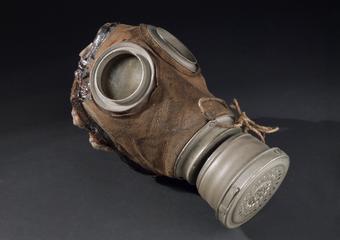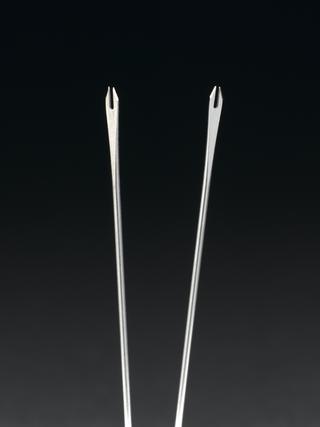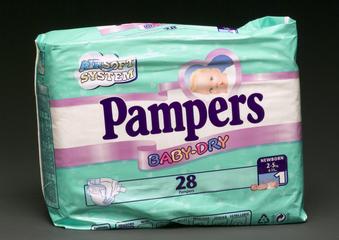
Laboratory fridge used at the Oxford Vaccine Group
- Made:
- United Kingdom
Laboratory fridge used to hold samples of the first candidate COVID-19 vaccine constructs developed for evaluation by the Oxford Vaccine Group during the early development for the ChAdOx1 nCoV-19, Oxford/AstraZeneca COVID-19 vaccine
Looking like a fridge that might be found in a kitchen, this example held the first and earliest versions of Oxford's COVID-19 vaccine. The fridge was in use for various vacterial cultures scientists were working on before all efforts switched to the development of a COVID-19 vaccine. A sign on the friedge gives the rules for its use including correctly labelling cultures and any remaining longer than two months will be discarded.
Once the genetic code of COVID-19 was released on 12 January 2020, scientists including Sarah Gilbert, Professor Vaccinology, at the University of Oxford, immediately set to work, on designing a vaccine. On the 6th of March 2020, the Production Team started small-scale manufacture of the Oxford team’s vaccine known as ChAdOx1 nCoV-19. After several stages of cell growth, harvesting and purification the first vials were filled on 2nd April 2020. After rigorous checks, the first volunteers were injected with the vaccine on 23 April 2020. On 30 April 2020, Oxford University signed a deal with pharmaceutical company AstraZeneca to mass-produce the vaccine. This included a clause that no profit would be made from providing the vaccine to low-income countries. Large scale clinical trials followed before the vaccine was approved by the Medicines and Healthcare products Regulatory Agency (MHRA) on 30th December 2020. 5 days later, Brian Pinker was the first person to receive a dose of the Oxford/AstraZeneca vaccine. Over 3 billion doses have been delivered worldwide.
Details
- Category:
- Public Health & Hygiene
- Object Number:
- 2022-1117
- Measurements:
-
overall: 840 mm x 495 mm x 575 mm,
- type:
- fridge




